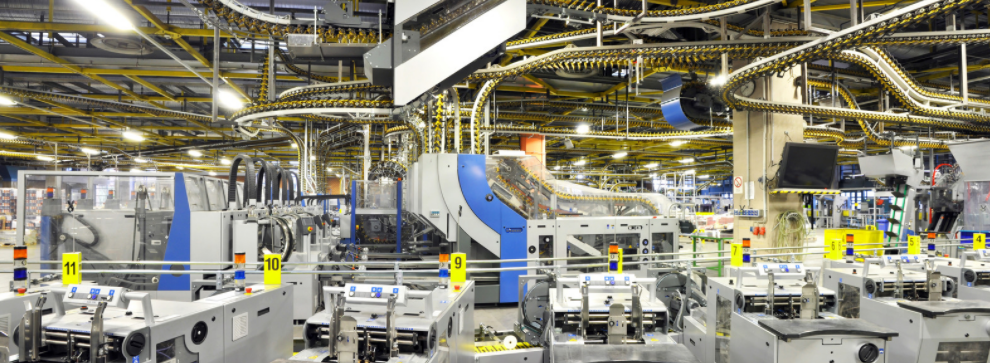
On the eve of Russia’s invasion, manufacturing surveys pointed to high optimism amid fading Omicron waves
All firms with links to manufacturing should note the rapid deterioration in the outlook since Russia’s invasion of Ukraine, and shift business plans and targets accordingly. A manufacturing sector that was already struggling with rising input costs and selling prices will now face greater supply chain disruptions, higher inflation, and more shortages. At least some demand destruction is likely in the near term.
Overview
Global manufacturing activity accelerated in February after a slowdown in January, according to surveys of purchasing managers. The acceleration was primarily founded on an improving global health situation, as Omicron waves ebbed, posing fewer disruptions to manufacturing demand and labor supply.
Manufacturing activity was particularly strong in northern Europe. In Germany, new order growth rose to a six-month high; the UK’s manufacturing Purchasing Managers’ Index (PMI) rose to a seventh-month high amid easing cost pressures.
A slight majority of markets reported easing inflation and delivery delays, with key exceptions. South Korea’s manufacturing sector recorded the sharpest rise in output prices in the survey’s history—a sign that rising input costs are being passed through to customers at an ever-higher rate. Although high costs for materials weighed little on South Korea’s manufacturing activity, Japan experienced stagnation in output growth due to shortages of materials, Omicron-related disruptions, and the strongest intensification in input cost pressures in over 13 years.
Our View
Russia’s invasion of Ukraine, and the resultant disruption to commodities markets and global supply chains, will create a massive disruption within a global manufacturing sector that was previously benefiting from strong demand and improving confidence. Purchasing managers’ surveys were completed in mid-February, prior to Russia’s invasion on February 24, and therefore do not reflect the impending challenges. Northern Europe’s positive outlook just a few weeks ago is now being downgraded due to surging energy input costs and high supply-chain reliance on Russia/Ukraine.
However, some trends may persist. Already-intensifying cost pressures in developed Asia point to the potential for higher inflation. Qatar’s and Saudi Arabia’s positive non-oil sector outlooks may be partly shielded by a windfall for the countries’ oil revenues. Mexico’s manufacturing sector remained in contractionary territory in February and is likely to stay there. Weighed down by a struggling auto sector and scarcity of raw materials, Mexico’s manufacturing may signal the direction for global manufacturing as a whole.
At FrontierView, our mission is to help our clients grow and win in their most important markets. We are excited to share that FiscalNote, a leading technology provider of global policy and market intelligence has acquired FrontierView. We will continue to cover issues and topics driving growth in your business, while fully leveraging FiscalNote’s portfolio within the global risk, ESG, and geopolitical advisory product suite.
Subscribe to our weekly newsletter The Lens published by our Global Economics and Scenarios team which highlights high-impact developments and trends for business professionals. For full access to our offerings, start your free trial today and download our complimentary mobile app, available on iOS and Android.

